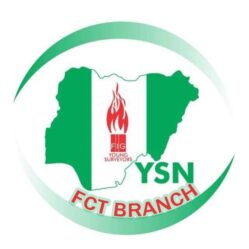Surveying isn’t just about measuring land; it’s a fundamental tool in various research disciplines, enabling precise data collection, analysis, and visualization.
This February, we’re thrilled to announce that our Educational Tuesday sessions will be themed around researchers and their remarkable contributions to the field of Surveying and beyond. Join us as we go into the intersection of Surveying and research, exploring innovative methodologies, groundbreaking discoveries, and the profound impact of collaborative efforts.
Here’s how Surveyors contribute to research across different fields:
Environmental Studies:
Surveyors play a crucial role in environmental research by mapping landscapes, monitoring changes in ecosystems, and assessing the impact of human activities on natural habitats.
Using advanced Surveying techniques like LiDAR and GIS, Surveyors help researchers understand biodiversity, track deforestation, and analyze climate change patterns.
Urban Planning and Development:
In urban research, Surveyors provide essential data for city planning, infrastructure development, and urban revitalization projects.
Through land surveys, boundary delineation, and cadastral mapping, Surveyors assist researchers in understanding urban growth trends, population dynamics, and spatial distribution of resources.
⛏ Archaeological Exploration:
Surveying techniques are invaluable in archaeological research for mapping excavation sites, documenting historical landmarks, and preserving cultural heritage.
Surveyors use GPS, total stations, and 3D laser scanning to create detailed site maps, uncover buried structures, and analyze ancient landscapes, contributing to our understanding of human history and civilization.
Disaster Management and Risk Assessment:
Surveyors aid researchers in assessing natural hazards, predicting disaster risks, and developing mitigation strategies to enhance community resilience.
By conducting topographic survey , flood mapping, and geospatial analysis, Surveyors help researchers identify vulnerable areas, assess evacuation routes, and minimize the impact of disasters on human lives and infrastructure.
Healthcare and Epidemiology:
In healthcare research, Surveyors assist epidemiologists and public health experts in conducting spatial analysis, disease mapping, and healthcare access assessments.
Through geospatial analysis , population surveys, and GIS modelling, Surveyors contribute valuable insights into disease transmission patterns, healthcare disparities, and resource allocation in healthcare delivery.
Do you think there are areas of application in Surveying that were not mentioned here? Let’s make this interactive! Share your thoughts and let’s explore together!
Thank you for reading. We expect your feedback (either as a contribution or a question on this topic)
ysnfctabuja@gmail.com


